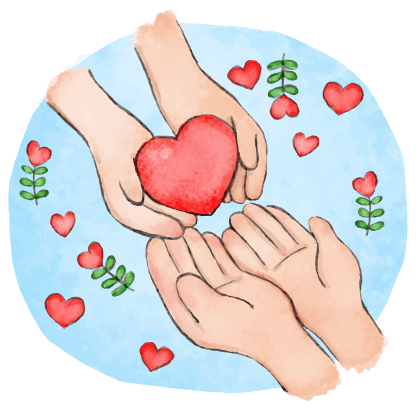
Menu
¿Algunas veces nos hemos preguntado que es el dolor? Pues este es definido como “una experiencia sensorial y emocional desagradable asociada a una lesión presente, real o potencial de los tejidos”. Es por esto por lo que, cabe señalar que, si contamos con una adecuada salud emocional, podemos manejar mejor el dolor no solo físico sino también emocional ¿Cómo?
El dolor repercute de forma muy negativa sobre las funciones del paciente generando un descenso significativo en su calidad de vida (trastornos del sueño, disminución del apetito, limitaciones de la actividad física, ansiedad, alteraciones de la vida social, etc.).
La psicología del dolor está orientada a la aplicabilidad y entrenamiento de este, a través de diferentes técnicas psicológicas para que el paciente logre manejar y aliviar su intensidad y frecuencia. Es por esto por lo que, la tolerancia al dolor, también llamada umbral del dolor, es un factor importante. Mas aun cuando se trata de una secuela de quemadura.

La experiencia que cada paciente obtiene frente al dolor influye de forma positiva o negativa, es por esta razón que, desde el componente cognitivo–evaluador y el componente subjetivo-emocional se ha identificado que la sintomatología psicológica más característica asociada al dolor es la depresión y la ansiedad, claro está, entre otras…
En definitiva, se logra definir que el objetivo es intentar cambiar la percepción que tiene el paciente de soportar el dolor y a su vez cambiar actitudes, comportamientos y conductas hacia el mismo y su entorno. Esto apoya la teoría de que se obtiene una recuperación más rápida cuando se aplican estrategias y herramientas psicológicas en que el paciente participa activamente en los diferentes procesos de rehabilitación que ofrece la Fundación del Quemado.
De acuerdo con lo anterior, es importante mencionar y concientizar acerca del acompañamiento psicológico para los pacientes con secuelas de quemaduras, ya que esta ciencia aporta, apoya y brinda herramientas para el crecimiento integral de cada uno de nuestros pacientes y sus familias.
“Nuestra Fundación del Quemado cuenta con un abanico muy amplio de estrategias psicológicas que disminuyen y modifican las conductas que repercuten directamente en las diversas experiencias de vida de cada paciente y su núcleo familiar-social y que podemos conocer y llevar a la práctica. ¿Te animas a intentarlo? Tienes mucho que ganar...”
Dayana Lozano y Juliana Ochoa
Contacto
Calle 128B # 59B 20
Barrio Las Villas
Bogotá D.C., Colombia
contacto@fundaciondelquemado.org
(+57) 601 253 1223 | 316 468 3759
Programa Ambiental subdireccionpril@fundaciondelquemado.org
Bogotá D.C., Colombia
contacto@fundaciondelquemado.org
(+57) 601 253 1223 | 316 468 3759
Programa Ambiental subdireccionpril@fundaciondelquemado.org
Fundación del Quemado 2023 © Todos los Derechos Reservados | Powered with ❤️ by MiA Group Co.











